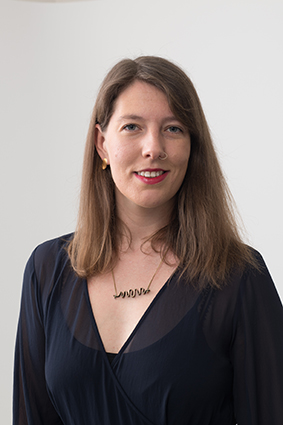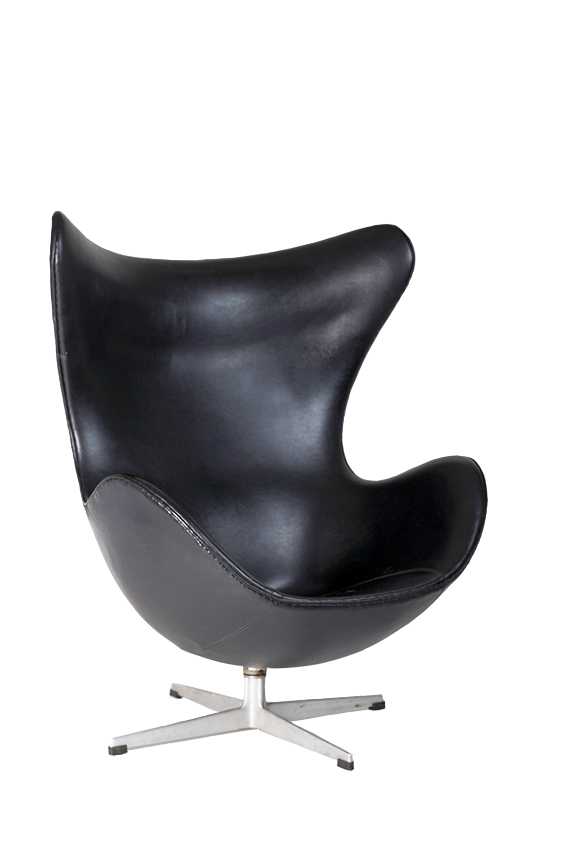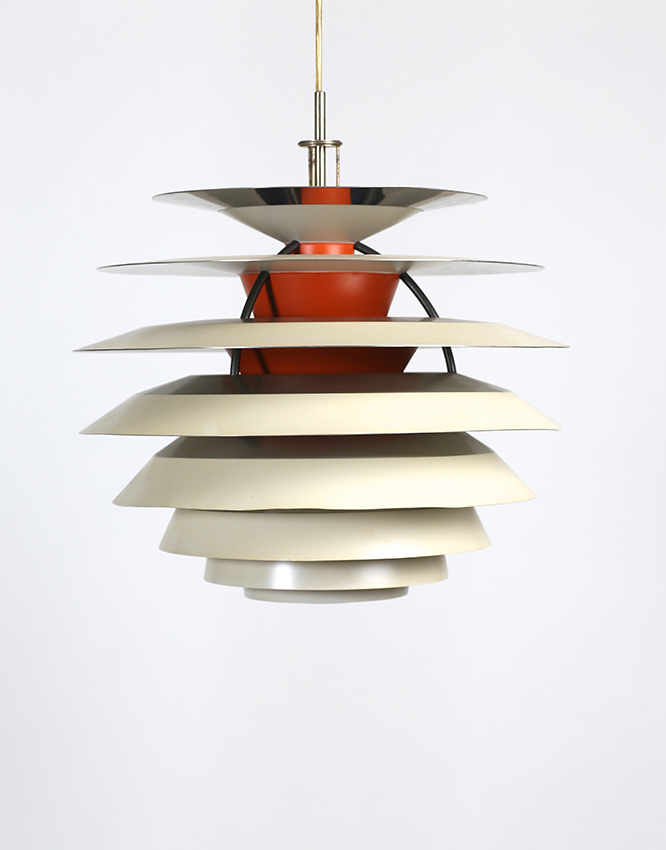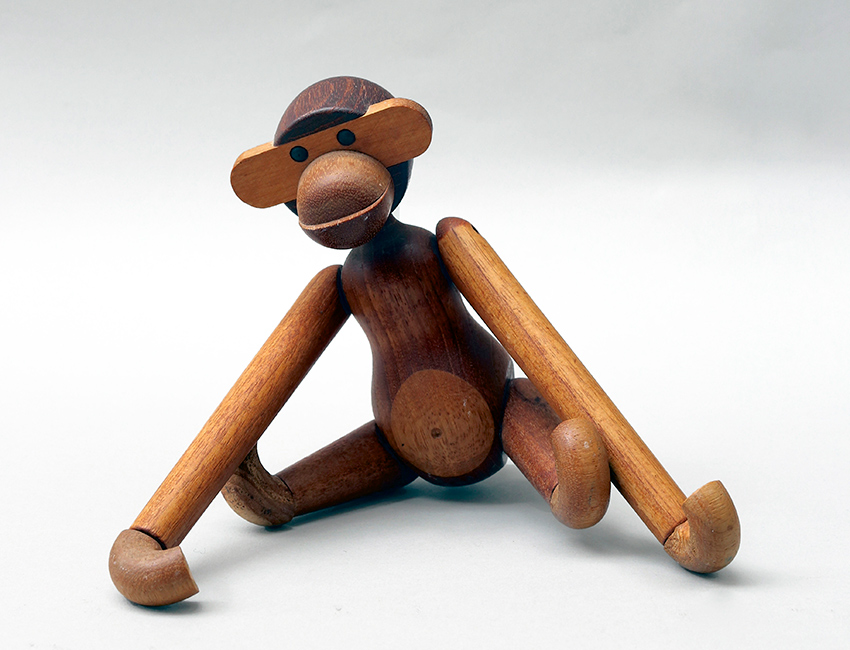‘Danish design’ has become shorthand for a wide range of designers and their work. What does it mean?
Danish design signifies an emphasis on quality craftsmanship, simple and elegant forms, and thoughtful alignment with function. Many people will think of modernist furniture by seminal designers such as Finn Juhl and Hans J Wegner, but it also encompasses a wide range of materials and forms that embody those same design principles.
Why did so much classic design come out of Denmark?
Danish design evolved alongside the development of Denmark as a country and its vision of the home. In particular, the development of social welfare policies in the first two decades of the 20th century meant that designers strove to create objects that were accessible and useful for everyone, not just the wealthy. In addition, the development of new materials and mass production techniques facilitated the creation of more affordable objects.
While a democratic and functional approach to design was by no means unique to Denmark, the country was distinctive in the way it interpreted and enacted this design intention. The industrial materials embraced by other European nations were slow to become widely available or readily accepted in Denmark and the country was not generally receptive to sudden changes or extremes in aesthetics. As such, designers stayed away from an industrial aesthetic that was not motivated by human-centred interests. Instead, Danish designers retained elements of traditional design and revised them for the modern home. Shapes were altered, techniques changed, but the trajectory of design development was continuously evolving. So much of contemporary Danish design is considered classic because of this – innovative yet traditional, simple and functional, motivated by everyday needs.
Tell us about the pieces in this exhibition.
The exhibition features a comprehensive selection of Danish design dating from the late 18th century right up to present day. The exhibition has been co-curated by Designmuseum Danmark and independent curators Michael and Mariko Whiteway, and was initially coordinated to tour Japan. The objects come from a range of private collections in Japan, as well as from the collection of the Designmuseum Danmark. These are original pieces of design history that date from the period of production.
How did you choose which products to feature? The list of objects has been carefully selected from what was originally presented by Designmuseum Danmark and the Whiteways. At Auckland Art Gallery, Denmark Design will be fresh and distinctive from previous iterations of this show. The list showcases key makers and features a wide range of materials: ceramics, silverware, furniture, toys and industrial design. These objects demonstrate the points of congruence and variation resulting from materials, designer intent and functional outcome.
For a long time it was difficult and expensive to import furniture like this to New Zealand. Have you thought much about our relationship to these pieces?
In the 1950s, the store Jon Jansen, in Auckland’s Queen’s Arcade, played a pivotal role in introducing New Zealanders to Danish design. By the 60s, however, increased import restrictions made it difficult and expensive to import furniture from overseas. New Zealanders already had a taste for Scandinavian design and stores began to emerge that imitated the style, but sold items produced in New Zealand. In addition, several New Zealand designers, such as Garth Chester, referenced elements of Danish design in their own work. New Zealanders have always engaged with this style of design – even if they weren’t able to access Danish-produced objects. Today, we are again seeing a heightened interest in modern and contemporary Danish design.
If you could only buy one piece from the exhibition, which would you choose?
I’ve come to thoroughly love all of the pieces in this exhibition and the stories behind their design, production and use. As a compromise, could I list five pieces? 1. ‘Nässlor’ textile (1944) by Arne Jacobsen, 2. ‘Peacock’ chair (1947) by Hans J Wegner, 3. ‘Splash No. 118’ earrings (1965) by Henning Koppel, 4. Trinidad chair (1993) by Nanna Ditzel, 5. ‘Ursula’ porcelain set (1991) by Ursula Munch-Petersen.





